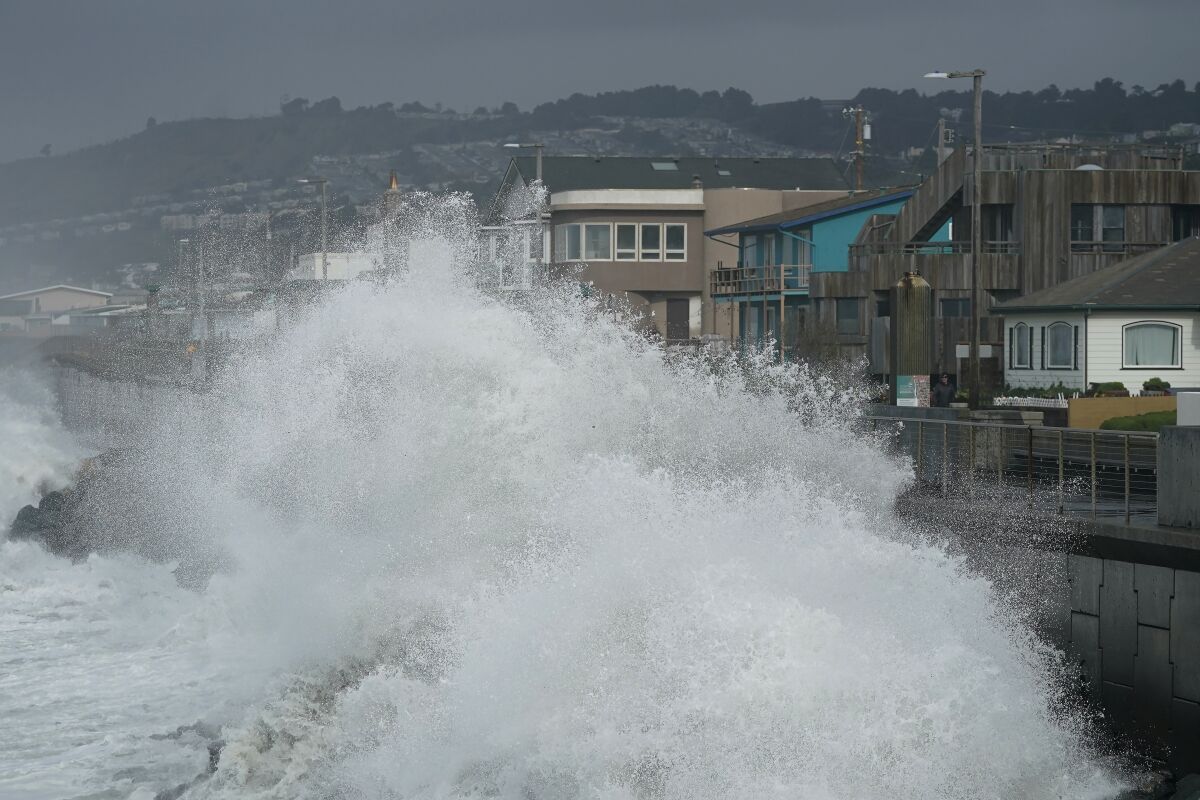By LSN Partners on January 27, 2023
After years of being well-funded with disaster relief dollars, the Federal Emergency Management Agency (FEMA) is facing a future budget shortfall. In its most recent monthly report to Congress on the Disaster Relief Fund (DRF), FEMA relayed that it is anticipating a shortfall of disaster relief funding by the end of Fiscal Year (FY) 2023.
The DRF is the primary funding source for the federal government’s domestic general disaster relief programs. These programs outline the federal role in supporting state, local, tribal, and territorial governments as they respond to and recover from various incidents.
The latest disaster relief fund update to lawmakers, which reflects data through the end of last year, shows a deficit of $11.6 billion by September 30, 2023. The prediction is that FEMA will run out of cash by the end of July. As a result, the agency projects it will commit nearly $49 billion to major disasters in FY2023, including $24 billion for COVID-19 relief activities, such as testing and vaccination sites.

A budget deal is unlikely to be passed in time to avoid the shortfall, leaving a supplemental appropriations bill as the most likely vehicle to shore up the deficit. Supplemental appropriations for disaster relief are not uncommon and historically have made up the majority of appropriations for the DRF. However, supplemental appropriations have accounted for smaller proportions of DRF appropriations in recent years, mainly due to higher annual appropriations. In addition, this issue may be caught up in the debt limit discussion, further complicating a quick solution.
Relatedly, on Capitol Hill this week, the House of Representatives passed two disaster-related bills: H.R. 255, the Federal Disaster Assistance Coordination Act; and H.R. 259 – the Post-Disaster Assistance Online Accountability Act.
H.R. 255 would require FEMA to convene a working group to study how to streamline the process for conducting initial damage assessments following emergencies and disasters.
H.R. 259 would require the Office of Management and Budget, in consultation with the Treasury Department and the heads of each covered federal agency, to establish a subpage on USAspending.gov. This subpage would publish information on the total disaster assistance they provided at the end of each calendar quarter.
The Federal budget season will likely begin in March with President Biden’s FY 2024 request. At that time, we will have more clarity on how FEMA and Congress will address the cash shortfall. As always, the LSN Partners’ team will keep you up to speed on the latest developments regarding FEMA’s Disaster Relief Fund.